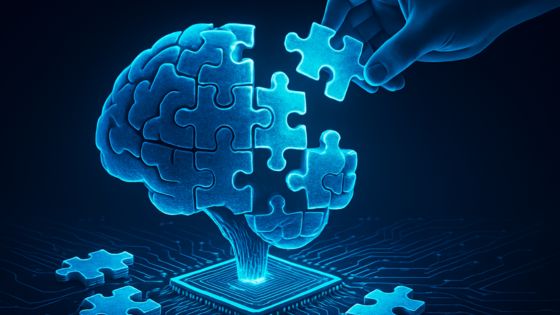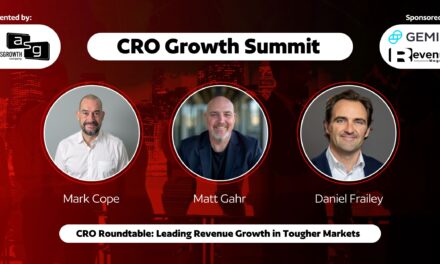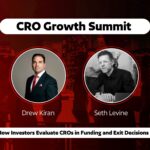
ASG Introduces the Problem Centric Operating System™: A Breakthrough in Sales Enablement

Sales enablement has long been the boardroom buzzword with disappointing results. Companies spend millions on training, playbooks, and platforms, but win rates continue to slide, forecasts miss, and pipeline bleeds out in “no decision.”
For years, revenue leaders have been asking: Why aren’t these investments producing outcomes?
According to ASG (A Sales Growth Company), the answer is simple: sales has never had a true operating system.
A Fresh View on Sales Go-to-Market
This month, ASG unveiled its Problem Centric Operating System™ (PC-OS), calling it the first true logic layer for sales growth. Rather than adding another methodology or technology to the stack, the PC-OS acts as connective tissue across enablement, opportunity management, and forecasting.
“It’s a new way of looking at sales,” says ASG founder Keenan. “We’re not just training reps and hoping it sticks. We’re creating a system where skills, execution, and forecasts all reinforce each other. CROs can finally trust their investments will pay off.”
Why It Matters
The backdrop is grim. Gartner reports only 6% of sales leaders trust their forecast accuracy. Forrester found 59% of opportunities end in no decision. And ASG’s own How Buyers Want to Be Sold research showed 72% of buyers felt salespeople focused more on the solution than their actual problem.
The result: billions in wasted training spend, inconsistent performance, and frustrated revenue leaders.
The PC-OS promises to change that by solving the long-standing problem of training retention and ROI.
Three Layers That Reinforce Each Other
At the heart of the PC-OS are three interconnected layers:
-
The Skills Layer. Sellers are trained in Gap Selling, but the system goes further—building business acumen, problem fluency, and diagnostic discovery skills. Training also extends to managers, so coaching is aligned. “Most training stops at a method,” says Keenan. “We broaden and deepen it into real business capability.”
-
The Opportunity Layer. This is game time. Skills are tested in live deals using Buyer Input Data (BID), which forces reps to prove they’ve uncovered the problem, quantified the impact, and tied the solution to root causes. Managers coach using ASG’s ODP framework (Observe, Describe, Prescribe, Absorb, Apply), ensuring reps execute exactly as trained.
-
The Forecast Layer. The ultimate payoff: reliable, predictable forecasts. The Buyer Confidence Model replaces guesswork with evidence, measuring whether the buyer has Clarity, Control, Consensus, and Change confidence. That last piece—Change—asks two critical questions: do buyers believe they can execute the transition internally, and do they trust you to deliver on your promise?
Together, these layers form a continuous loop: skills are taught, applied in opportunities, validated in forecasts, and then fed back into coaching and training. It’s the closed system sales has been missing.
Why CROs Should Care
For CROs, the impact is immediate:
-
Retention of training skyrockets. Skills don’t fade—they’re reinforced in every deal.
-
ROI is provable. Every enablement dollar is tied to win rates, velocity, ACV, and forecast accuracy.
-
Forecasts become credible. Leaders finally walk into boardrooms with numbers they can stand behind.
Revenue Magazine analysts see this as one of the most innovative shifts in enablement in years. “Most companies are still over-indexing on training events that rarely change outcomes,” says one expert. “ASG’s Problem Centric Operating System creates a structural answer. It closes the loop.”
A New Chapter for Sales Enablement
Sales leaders have been waiting for relief. They’ve been waiting for a way to make training investments stick, to get ahead of “no decision,” to defend forecasts with confidence.
According to ASG, that moment has arrived.
The Problem Centric Operating System™ isn’t another playbook. It’s the system that finally makes playbooks, tools, and training deliver what they’ve always promised: reliable revenue and predictable growth.































